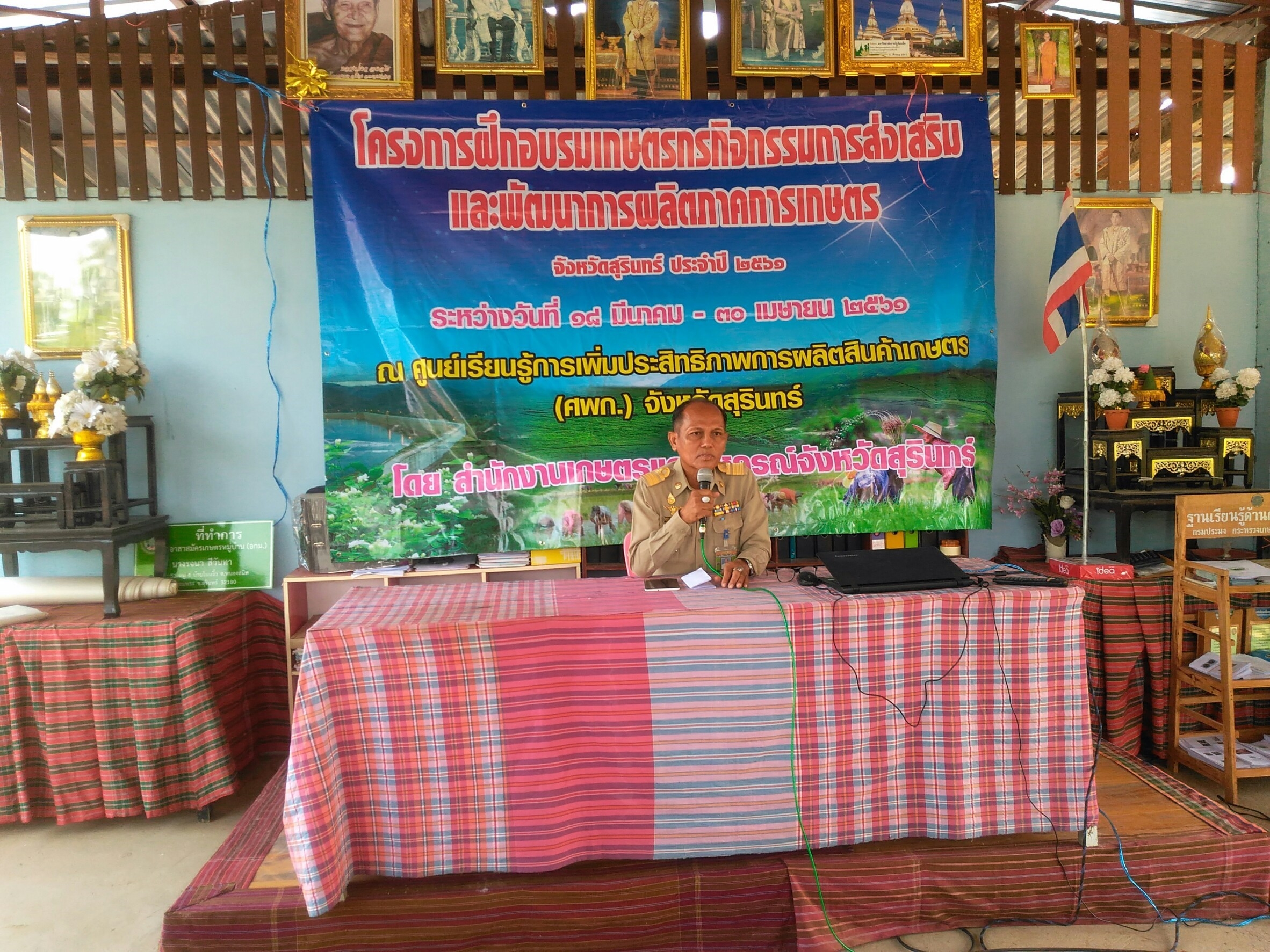Since the Gollance knows in the inclusion towards publication, such as for example moving has typically come sensed taboo during the Judaism, really familiarly for its relationship that have sex and you may bodily intimacy
Sonia Gollance’s It may Cause Dance: Mixed-Sex Moving and you will Jewish Modernity (Stanford School Drive, 2021), are an initial-price sum to some other increase out of scholarship regarding subfield off Jewish dancing studies. This lady monograph comes after the book out-of Nina Speigel’s Embodying Hebrew Culture: Looks, Sport, and you may Moving in the Jewish Area of Mandate Palestine (2013), Rebecca Rossen’s Dance Jewish: Jewish name when you look at the American Modern and you will Postmodern Moving (2014), Hannah Kosstrin’s Honest Government: Cutting edge Modernism on Dances away from Anna Sokolow (2017), Hannah Schwadron’s The scenario of one’s Sexy Jewess: Dance, Sex and you may Jewish Joke-operate in All of us Pop Community (2018), and an edited regularity by Dina Roginsky and you can Henia Rottenberg Swinging thanks to Dispute: Dance and you can Politics in the Israel (2019), to-name only some of the most important work into the last ten years.
Within greater perspective there are several factors that make Gollance’s sum stick out as the unique and extreme. The first is that book are wrote within the Stanford Training inside the Jewish Records and you can Culture, which is edited by known scholars David Biale and Sarah Abrevaya Stein. Centering a book towards the moving when you look at the world of Jewish knowledge and you will, particularly, Jewish records and you may books, is an important step-in making the body, movement, and you will moving a great deal more noticeable in the area of Jewish Studies, and that has a tendency to marginalize these types of facets. The fresh new book’s focus on personal dance, handling dances rooted in vernacular and you can ballroom forms, adds a new and you will beneficial angle to the current literary works, since the majority off studies have focused on possibly ‘high art’ forms (like ballet, progressive, and you may postmodern dancing), dances away from certain cultural teams (e.g. Yemenite), or Israeli men moving. Furthermore, using literary provide, also novels, novellas, memoirs, short stories, performs, and you may poetry, given that the girl fundamental sources, and you can addition off literary studies in her own lookup, is extremely book and provides a truly interdisciplinary measurement towards the investigation. Last but not least, the newest believe away from performs from inside the Yiddish, German, Hebrew, and you can English languages, from the writers hailing out-of European countries, America, and you may Israel, has the benefit of a major international position on the topic along with marking an important and you will encouraging involvement having Yiddish people by the young students interested in dancing.
What is actually arguably the first element of Gollance’s publication, although not, is their tackling perhaps one of the most really-understood, but really little examined, subject areas from Jewish culture-the place from combined-gender moving inside the Jewish lives, in which combined-intercourse dancing means societal otherwise vernacular dancing anywhere between men and lady. However, exactly what she will establish, and you may does very very effectively, would be the fact tracing the current presence of blended-gender dancing-because the, as she shows, they quite definitely occurred in facts https://datingmentor.org/lesbian-hookup/ along with fictionalized profile despite the attempts to prevents it-isn’t just throughout the witnessing switching ideas regarding sexuality, and also precisely how Jews managed the newest revolutionary transformations arising from modernity during the months comprising regarding the Enlightenment in order to Community Conflict II (hence she times due to the fact circa 1780 in order to 1940). These changes relate genuinely to intercourse roles, secularization, debates about Jewish emancipation, urbanization, migration, and you may conflict.
This means that, towards the end out-of her guide, Gollance has furnished a smoking cigarettes case for the higher requirement for this scene additionally the ranged implies blended-intercourse moving address contact information the new pushes from modernization to the Jewish groups in this one another Western european and you may American contexts
When you’re training the publication I recalled the view from inside the Fiddler with the the brand new Roof (1964) in which the more youthful radicalized Jew, Perchik, seizes hold of Hodel, and you will reveals her a good ‘modern’ pair dancing from the town. When you are Gollance will not discuss it well-known exchange until the Epilogue off the ebook, it’s obvious one, due to the fact she observes, Perchik’s “very significant act try his introduction of mixed-intercourse dancing toward shtetl” (174). At the same time, this lady has so fully evolved the lady dispute that the reader can also be agree that “it’s none the original, neither really the only, such as for instance in which which motif try working” (175), and therefore for example so many people in the last period, Jerome Robbins, exactly who set-up the fresh choreography into the development, knowingly selected dance “due to the fact an excellent style of public grievance” (175).

